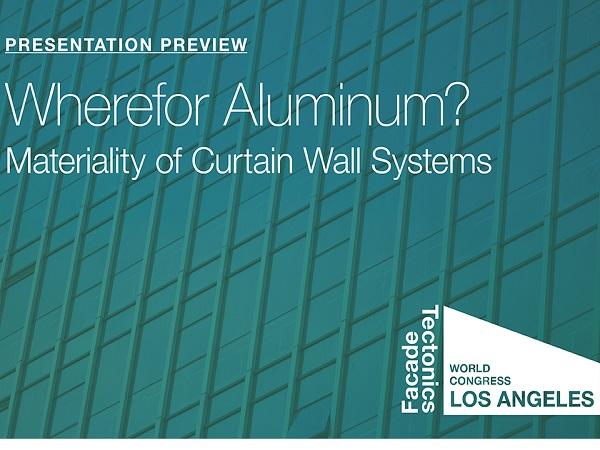
Date: 16 September 2016
But amidst the 21st century push for increased energy performance, aluminum is also characterized by problematic thermal properties and a high-embodied energy profile.
On October 10th - 11th, the Facade Tectonics Institute will present Face Time: The Emergence of Facade as the Integrative Factor in Holistic Building Design at the Sheraton Grand Los Angeles.
The two-day event is the Institute’s 2016 Annual Conference and inaugural World Congress, and promises deeply informative technical presentations from leading minds in the architecture, engineering and construction industry.
With nearly 100 speaker presentations divided between eight sessions and five speaking tracks, Face Time will combine the art, science and technology of the building skin with an unparalleled networking opportunity from the domestic and international building community. Leading up to the event, the Institute will release research papers by select presenters.
Historically, the material advantages of aluminum have resulted in its widespread application as curtain wall framing. But amidst the 21st century push for increased energy performance, aluminum is also characterized by problematic thermal properties and a high-embodied energy profile.
To foster an energy efficient built environment, emerging materials — ultra high performance concrete (UHPC), glass fiber reinforced concrete (GFRC), fiber reinforced plastics (FRP), and many others must also be considered.
What potential do these other materials promise? Authors Peter Arbour and Ashley Reed of Vidaris will discuss alternatives on Monday, October 10th in Wherefor Aluminum: Materiality of Curtain Wall Systems. The abstract from their research paper — which was coauthored by colleagues Albina Gode of Vidaris and Scott Lieberman of LPI — is below:
"Similar, if not identical, curtain wall framing systems are implemented regardless of geographic or programmatic context. Understanding the evolution of curtain wall design and the ascendance of aluminum as the material of choice are critical to rethinking system materiality.
Two parallel historical developments are presented: the refinement of the curtain wall framing system according to construction principles and the standardization of aluminum fabrication. With the limitations of aluminum and the current demand for energy efficient buildings in mind, future curtain wall design will rely upon an amalgam of materials rather than a single material substitution."
You can read Wherefor Aluminum: Materiality of Curtain Wall Systems prior to Arbour and Reed’s presentation at the 2016 World Congress here.
 600450
600450




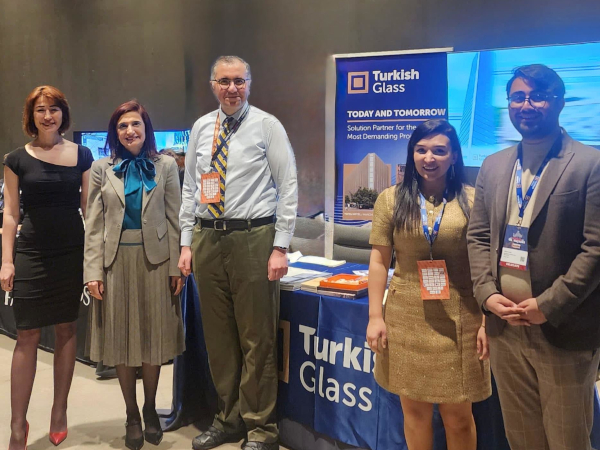
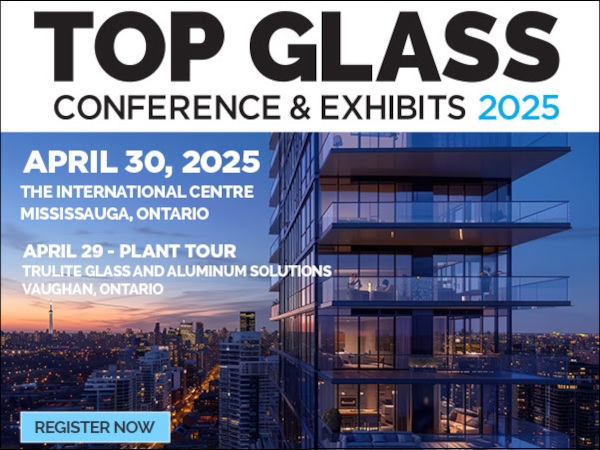




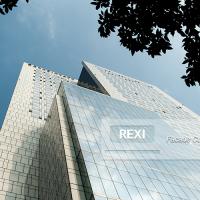
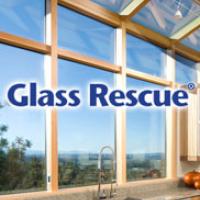
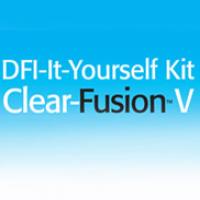

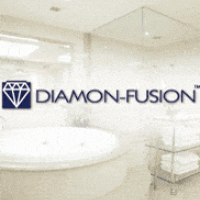

Add new comment